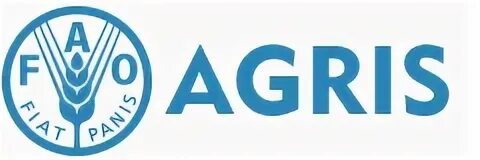Pests of Garden Roses in Stavropol Krai: Identification, Population Dynamics and Protection Methods
DOI:
https://doi.org/10.31279/2949-4796-2025-15-1-81-89Keywords:
phytophages, resistance, chemical methods of protection, diagnostics, harmfulness, frequency of occurrenceAbstract
Introduction. Pests of garden roses reduce productivity and decorative qualities of plants, cause skeletonisation and ugly twisting of leaves, eat anthers, prevent normal development of buds and flowering. In the conditions specific weather and climatic of the Stavropol Krai, this problem has not been studied; therefore, further research in this area is highly relevant.
The aim of the research is to determine the species composition of garden rose pests, to establish the periods of their maximum harmfulness, frequency of occurrence and damage to plants, as well as to develop the optimal timing of protective measures to combat them.
Materials and methods. Studies of phytophages were conducted in 2022-2023 on 357 rose varieties in the collection of the botanical garden. Identification and naming of phytophagous taxa was carried out using the dictionary - entomologist's handbook and online resources on adults. Identification of mites was determined at the Department of Chemistry and Plant Protection of Stavropol State Agrarian University. The frequency of phytophage occurrence was studied on a 3-point scale.
Results. We established that the number and viability of insects and mites were conditioned by the temperature and humidity regime of the vegetation period of the introduction region. The first appearance of phytophages was noted in the middle of May, mass distribution - in June. The most harmful and frequently occurring phytophages included the drooling warbler Philaenus spumarius L., green rose aphid Macrosiphum rosae L. and rose leafhopper Archips rosana L. Two species of rose sawfly Allantus cinctus L. and Agre ochropus G., mossy owl Epicometis hirta Poda, golden bronzefly Cetonia aurata L. were moderately dangerous. Plants were damaged to a lesser extent by the common spider mite Tetranychus urticae Koch. Insecticides from the class of neonicotinoids, organophosphorus compounds + Pyrethroids and Avermectins were used to control phytophages. Biostimulant Exelgrove was used to increase the resistance of garden roses to unfavourable abiotic and biotic factors.
Conclusions. Regular monitoring and early diagnosis of pest detection enabled to determine the optimal means and timing of protective measures for pest control.
To cite: Bardakova S.A. Pests of Garden Roses in Stavropol Krai: Identification, Population Dynamics and Protection Methods. Agrarian Bulletin of the North Caucasus. 2025;15(1):81-89. https://doi.org/10.31279/2949-4796-2025-15-1-81-89
Downloads
Published
Issue
Section
License
Copyright (c) 2025 Svetlana A. Bardakova

This work is licensed under a Creative Commons Attribution 4.0 International License.



